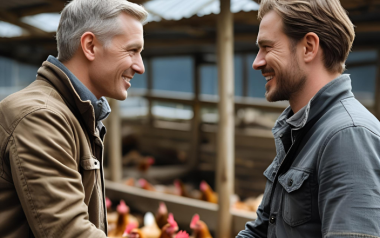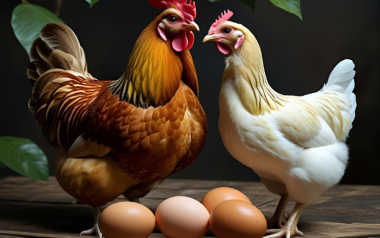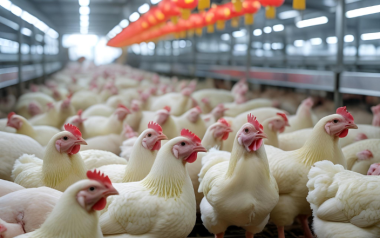02 Jul 2020
Hygiene and proper handling of chicken before cooking
When it comes to foodborne illnesses, the first place undoubtedly goes to poultry products and eggs, according to the CDC. […]
Available in other languages:
When it comes to foodborne illnesses, the first place undoubtedly goes to poultry products and eggs, according to the CDC. This is is essentially attributed to their mishandling by millions of people across the United States. Chicken is the most consumed type of meat in the country, despite the fact that raw chicken can be a source of three types of bacteria that are known to be food adulterants: Campylobacter, Salmonella, and Clostridium perfringens. During the process of cooking and consuming chicken, people are exposed to these bacteria both by eating chicken that is undercooked or through involuntary ingestion of raw chicken juices that may have splashed on nearby surfaces.
Washing raw chicken is considered a dangerous myth as it has no grounds whatsoever for eliminating the above-mentioned bacteria that causes foodborne illnesses. In actuality, health officials strongly advocate against this method. When washing poultry meat or full carcasses, we facilitate raw juices to splash off onto the person washing it and surrounding surfaces. These juices are then ingested and end up causing food poisoning. Any bacteria on the chicken can be destroyed during the cooking process; thus, washing raw chicken is deemed not only unnecessary but potentially hazardous.
In order to avoid cross contamination and food poisoning from raw chicken, the following steps can be taken: Washing hands properly with soap and water for 20 seconds is always recommended before and after handling the chicken. Any surface that has been in contact with the raw chicken or in the surrounding area, such as a cutting board or kitchen counter, should be sanitized directly after use. When storing chicken in a refrigerator for later use, it’s always advisable to put it in a reusable plastic bag to prevent the juices running off and contaminating other foods.
Currently, there are no foolproof methods that effectively test if a chicken has been cooked well enough to avoid food poisoning. This is obvious from the extensive number of Salmonella infection cases worldwide due to poultry. In a recent Plos One (Public Library Of Science) publication, data demonstrated that majority of homes undercook chicken because of faulty food thermometers. The Center for Disease Control and Prevention (CDC) officially recommends that chicken should be cooked until it has reached an internal temperature of 165 degrees Fahrenheit (or 74 Co). This can be done by inserting a food thermometer in the thickest part of the meat without touching bone or fat. As for the leftover cooked chicken, it should be refrigerated or frozen within 2 hours of cooking or within 1 hour if the ambient temperature is above 90 degrees Fahrenheit (or 32 Co).
Typical food poisoning symptoms include: vomiting, diarrhea, high fever above 102 degrees Fahrenheit (~39 Co), bloody stool, and dehydration. Symptoms can vary however from one type of bacteria to another, and they should always be reported to your physician for an accurate diagnosis.
Source: https://www.foodpoisoningnews.com/food-safety-tips-how-to-handle-chicken-safely/






































